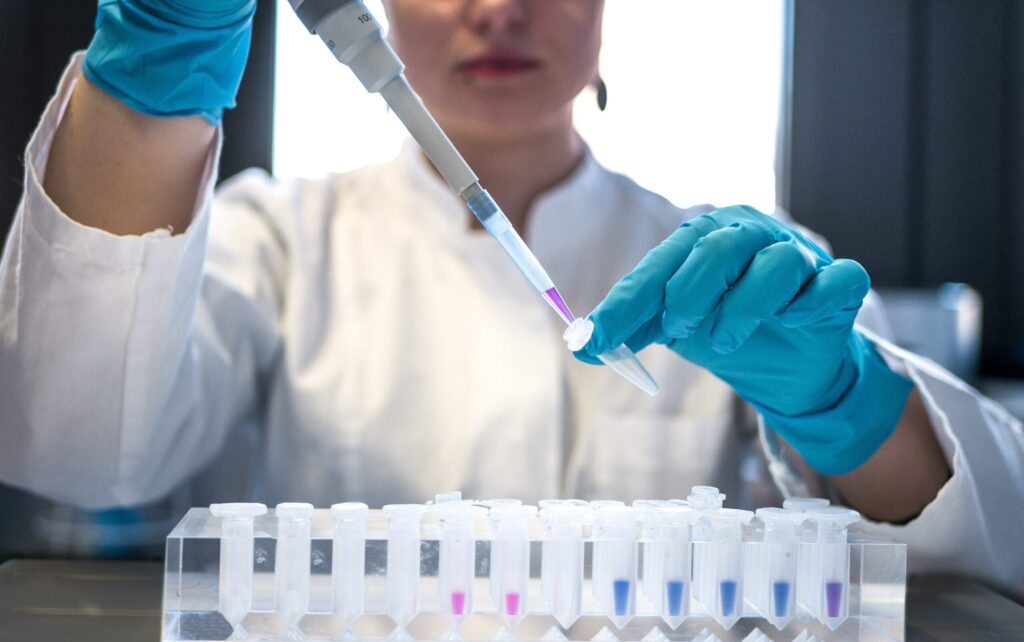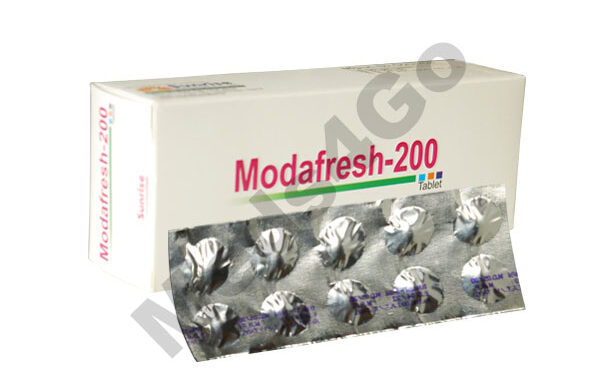Quantifying the Unquantifiable: Digital PCR Service for Rare Targets

Accurate identification and detection of rare nucleic acid targets in complex samples pose a significant challenge for PCR assays. The signal-to-noise ratio in PCR samples can affect both the detection and interpretation of targets present in low abundance. Similar to qPCR expression analysis and MSD cytokine assays, researchers were looking for robust alternatives to assess and identify rare nucleic acid targets. Digital PCR overcomes several limitations faced by traditional PCR assays. A droplet digital PCR or DDPCR system partitions a sample into multiple droplets before amplification. Post amplification, the fluorescence signal of each droplet shows the presence or absence of the target amplicon.
Digital PCR service is an endpoint method. It is ideal for absolute quantification and analysis of rare sequences against a similar background sequence. Today, an increasing number of qPCR CROs and bioanalytical laboratories are offering DDPCR services. Besides, researchers are relying on DDPCR expression analysis for quantifying rare targets. The current article dives deep into this concept to understand the quantification of rare nucleic acid targets using digital PCR services.
Digital PCR services for detecting rare sequences
In standard PCR assays, low abundance sequence amplification often faces a bias. For example, studies have demonstrated that microbiome analysis of highly abundant organisms is often over-represented, whereas low-abundance organisms are under-represented in PCR assays. On the other hand, DDPCR partitions a sample into thousands of droplets. Hence, they will ideally have no or few competing sequences. Dividing rare sequences away from the total highly abundant sequences facilitates a separate amplification and detection of the rare sequence, yielding a more reliable and accurate representation within a study sample.
Standard curves are challenging to control and design for low-abundance nucleic acid targets in complex biological matrices. DDPCR does not require a standard curve as it provides an absolute quantification and eliminates the need for a standard curve. Besides, DDPCR technology has a higher tolerance against PCR inhibition. The primary reason for this higher tolerance is that DDPCR collects data at the endpoint, and hence, their reaction is less susceptible.
Today, infectious disease poses a significant challenge for detecting rare sequences. Current treatment regimes have the potential to reduce the viral loads to a minimum, which may not be detectable using traditional diagnostic tests. Digital PCR services can measure and evaluate very low viral loads.
Moreover, identifying and measuring rare sequences is critical for detecting, monitoring, and treating cancers. This approach requires high sensitivity. Digital PCR has shown promising results in providing increased testing sensitivity for detecting different transcripts in Cancer. For example, compared with qPCR assays, digital PCR demonstrated an improvement of 2 to 3 logs for detecting bcr-abl transcripts in patients with chronic myeloid leukemia. Not to mention, non-invasive testing using sensitive and accurate detection tools is increasingly being employed in assessing cancer samples. Using non-invasive body fluids such as urine, sputum, stool, and plasma samples is increasingly being studied as a potential option in non-invasive cancer testing. Therefore, non-invasive cancer testing using sensitive detection tools such as digital PCR methods has become a crucial field of research.
In Conclusion
Researchers have started using digital PCR services for identifying and quantifying rare nucleic acid targets.

 Smile Brighter: Meet Canberra’s Top Dental Hygienists
Smile Brighter: Meet Canberra’s Top Dental Hygienists  Transform Your Comfort: Discover the Benefits of Cushions Lab Seat Cushions and Pillows
Transform Your Comfort: Discover the Benefits of Cushions Lab Seat Cushions and Pillows  Enhance Your Mental Clarity with Modafresh 200
Enhance Your Mental Clarity with Modafresh 200  List of Top 10 Neurologists in India 2024
List of Top 10 Neurologists in India 2024  Body Care Products Manufacturers: Providing Quality Products for Your Skincare Needs
Body Care Products Manufacturers: Providing Quality Products for Your Skincare Needs  The Journey to the Best Microblading in Dubai: A Client’s Perspective
The Journey to the Best Microblading in Dubai: A Client’s Perspective  Exploring London’s Best Butcher Shops
Exploring London’s Best Butcher Shops  Enhance Your Shop Appeal with Sydney’s Best Carpentry Services
Enhance Your Shop Appeal with Sydney’s Best Carpentry Services  A Detailed Look at the Features of the LEGO Technic Mars Crew Exploration Rover
A Detailed Look at the Features of the LEGO Technic Mars Crew Exploration Rover